All of the faculty in the Development, Disease Models & Therapeutics program conduct innovative research at the interface of development, health and disease. The faculty labs featured here illustrate the depth and breadth of research in our program. Visit our faculty page for a full listing of all faculty or explore faculty lists by research subject, disease investigated, organ system studied pages for information on all the faculty in our program and to find potential mentors whose research match your own.

Beeton Lab
The Beeton lab explores how peptides derived from the venom toxins can be used to treat and prevent autoimmune diseases. The lab is also collaborating with colleagues at Rice University to develop antioxidant nanomaterials to modulate the immune system.
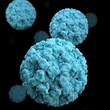
Burrin Lab
The Burrin lab uses different animal to understand how treatment of pre-term infants can affect the development and function of the gut and liver.

Dickinson Lab
The Dickinson lab uses advanced optical imaging to understand how mechanical forces regulate the formation of blood vessels and the heart in development.
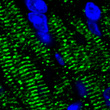
Martin Lab
The Martin lab is interested in understanding how developmental pathways can be manipulated in adult tissue regeneration, especially heart muscle and craniofacial bone.
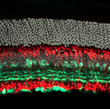
Poche Lab
The Poche lab seeks to understand the development of the retina with a view to developing new therapeutic interventions to restore sight and treat cancers such as retinoblastoma. The lab also generates and characterizes novel mouse models recapitulating human craniofacial and neurodevelopmental birth defects.
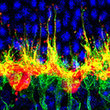
Samuel Lab
The Samuel lab applies genetics and nanoscopic imaging techniques to understand how the retina is wired during the development of the visual system and how this goes awry during aging.
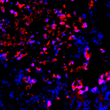
Sikora Lab
The Sikora lab treats and researchers new approaches to head and neck cancer, in particular how immunotherapy can be sued to treat HPV-associated head and neck cancers.
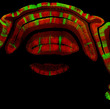
Sillitoe Lab
The Sillitoe lab works on the development and function of the cerebellum and how to use deep brain stimulation to treat motor diseases like spinocerebellar ataxia.
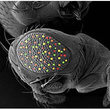
Yamamoto Lab
The Yamamoto lab uses the fruit fly, Drosophila to model neurological, metabolic and psychiatric disease. The lab is part of the U.S.-wide Undiagnosed Disease Network, which aims to find explanations and treatments for rare human diseases.
 Credit
Credit
In this video, done in conjunction with the publication of their research in Cell Stem Cell, Dr. Margaret Goodell and M.D./Ph.D. student, Joanne Ino Hsu, discuss their findings that showed cytotoxic chemotherapies put patients at risk for future hematopoietic malignancies.
A group of researchers led by Dr. Christine Beeton has found that one of the hundreds of components in scorpion venom can reduce the severity of the disease in animal models, without inducing side effects associated with similar treatments.








